Writing Process from Brain Dump to Storyboard
Experiencing eLearning
FEBRUARY 21, 2023
Specifically, she wanted to know how I get from content like a SME “brain dump” to a finalized storyboard that’s ready for elearning development. Sometimes, a SME writes some sort of “brain dump” of what they know and think is important. Last week, an ID asked me about my writing process.

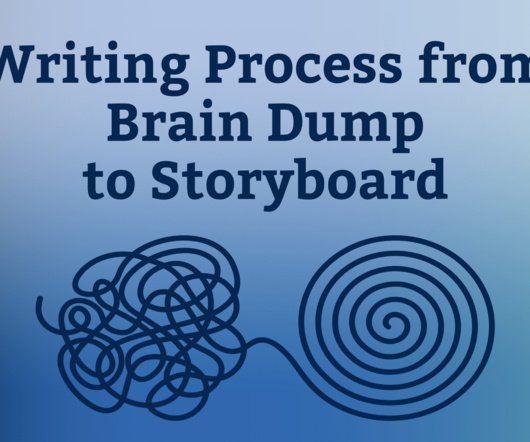



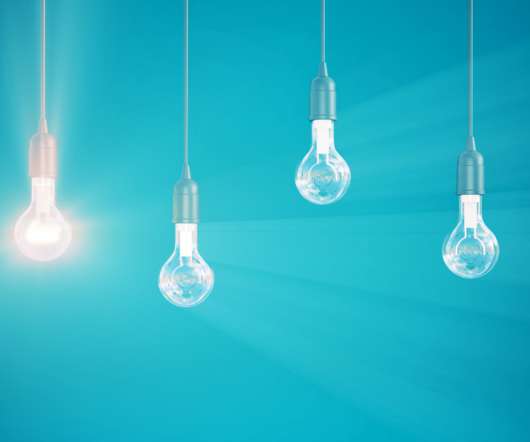
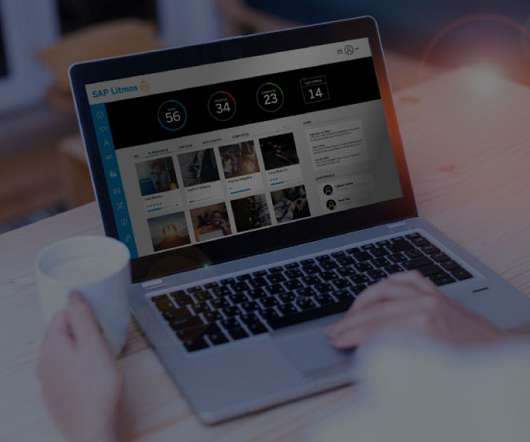
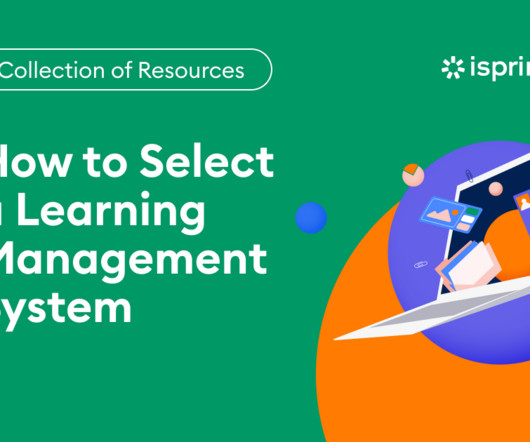









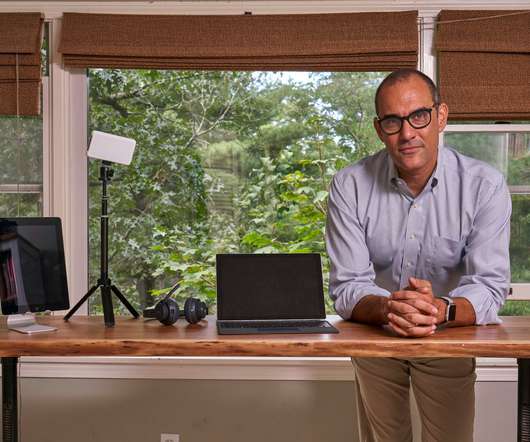



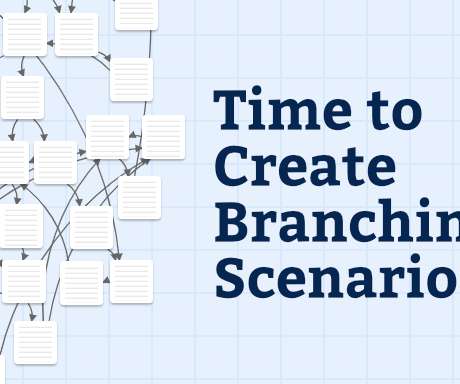


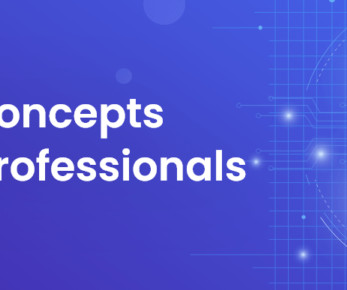



















Let's personalize your content